

Sugar, a luxury in the past but now part of our daily diets, is contributing to weight gain. It’s found in our drinks and most processed foods either as sucrose (table sugar) or high-fructose ...
READ MORE

Perhaps it has something to do with New Year’s resolutions – three different lots of research into weight loss made headlines in the first quarter of 2013. Each research project focused on a ...
READ MORE

Nutrients are substances needed for growth, energy provision and other body functions. Macronutrients are those nutrients required in large amounts that provide the energy needed to maintain body ...
READ MORE

Infographics combine text with graphic images. Their key feature is simplicity – getting a message across in a manner that is easy to visualise and understand. Infographics consist of three ...
READ MORE

Game design is a creative and innovative way to build understanding of science concepts and express them within a meaningful context. It combines aspects of science, technology, digital ...
READ MORE
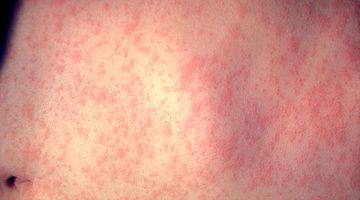
In this activity, students use drama to model science ideas about immune response to pathogenic microorganisms. By the end of this activity, students should be able to: explain some basic ideas ...
READ MORE
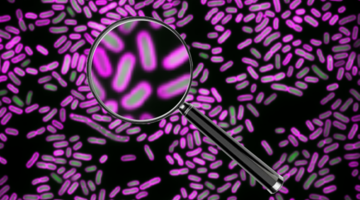
Help this global project to develop a faster test for antibiotic resistance by looking inside bacteria that have been treated with antibiotics. This will improve healthcare for patients with ...
READ MORE
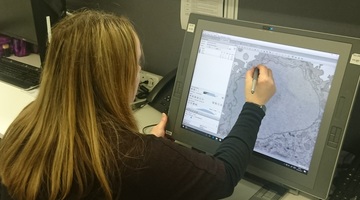
In this online citizen science (OCS) project, participants analyse electron microscope images taken of a range of biological samples, helping scientists better understand cancer, infectious ...
READ MORE

Be part of a worldwide movement and use Global Earth Challenge to submit or classify photos to help our planet’s environment and human health. Global Earth Challenge is a citizen science campaign ...
READ MORE

Students develop knowledge of new technology that enables fish oil to be added to food without a fishy taste or smell and design an advertisement to promote an omega-3 enriched food. Purpose To ...
READ MORE

In this recorded professional learning session, Greta Dromgool talks with Dr Kristin Dyet about her role at New Zealand’s Institute of Environmental Science & Research (ESR). Kristin shares ...
READ MORE

Modern antibiotic medicines came into use in the middle of the 20th century. They enabled doctors to treat serious – and sometimes fatal – bacterial infections like strep throat and pneumonia ...
READ MORE
Dr David Stevenson, a senior scientist with Plant & Food Research, bases his advice for health and wellbeing on what scientists are discovering about cellular components called mitochondria ...
READ MORE
Carolyn Cairncross, a nutritionist with the New Zealand Nutrition Foundation, explains the meaning of the term ‘macro’ and then identifies the macronutrients as carbohydrate, fat and protein ...
READ MORE
The nutrigenomics research is being carried out by researchers from the University of Auckland and government-funded research institutes (Crown Research Institutes, or CRIs): Plant & Food ...
READ MORE
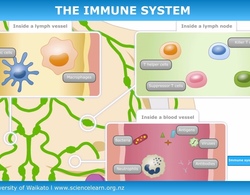
This interactive explains the different cells, microorganisms and molecules involved in the human immune system. Click on the labels for more information. Select here to view the full transcript ...
READ MORE
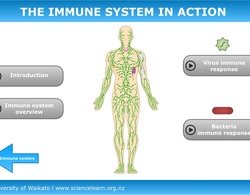
This interactive is a simple version of the human immune response to two different pathogens. Click on the labels for more information. Select here to view the full transcript and copyright ...
READ MORE

Use this interactive to discover a range of resources about microorganisms and antimicrobial resistance. Select a label for more information. Go here for further information, including the ...
READ MORE